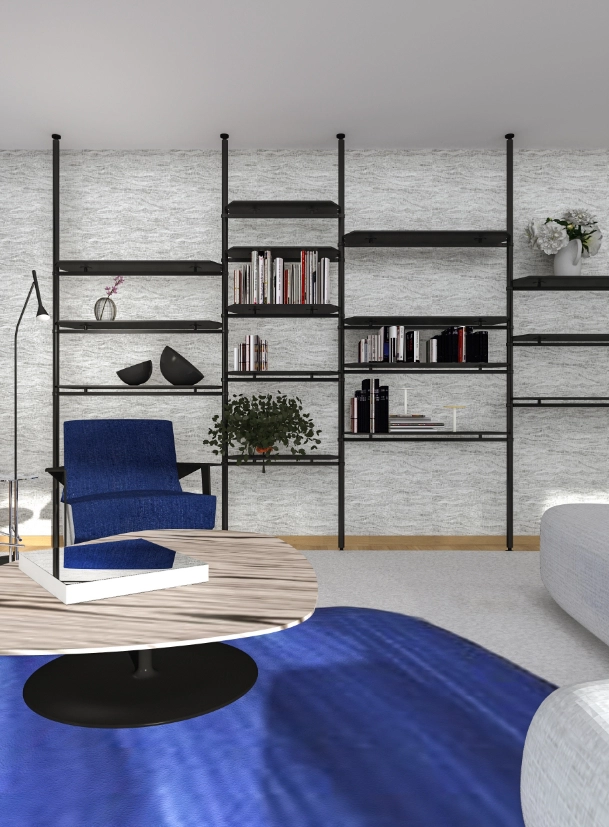
What if the secret to a great room has nothing to do with the things you buy? The real magic is in the nothingness the space between the furniture. This is the power of space planning, the designer’s trick for creating rooms that look and feel incredible. It’s the hidden foundation of every room you love.
Here’s how you can use these pro secrets yourself.
The power of a clear path:
People should move through a room without thinking. A skilled interior designer Dubai always plans for clear walkways, ensuring there is enough space to walk around furniture comfortably. This invisible network of paths makes a home feel open and relaxed, not cramped or frustrating.
Furniture has a “bubble”:
Every piece of furniture essentials room to breathe. A sofa, a table, or a chair has its own space around it. Designers call this a “bubble.” Pushing everything against the walls is a common mistake. Letting furniture float away from the walls a little bit can actually make the room feel bigger and more inviting.
Zone it out:
Rooms often have more than one job. A living room might be for talking, reading, and watching movies. Designers divide these areas into zones. A rug can anchor a seating area. A bookshelf can act as a subtle divider. Creating these little pockets of activity helps a large room feel cozy and a small room feel organized.
Eyes on the legs:
Furniture that sits on tall, thin legs has a special trick. You can see the floor underneath it. This creates a sense of openness and flow. In smaller rooms, choosing sofas, chairs, and tables with exposed legs prevents the space from feeling heavy or blocked.
The 3-foot rule for coffee tables:
A coffee table should be a friend to your sofa, not a hurdle. Designers follow a simple rule. They place the coffee table about three feet from the sofa. This distance is perfect. It is close enough to put down a drink, but far enough to stretch your legs. This balance makes the seating area both useful and comfortable.
Negative space is positive:
A room filled with stuff can feel busy and stressful. Designers know the value of empty areas, or “negative space.” Leaving some walls bare or having an open corner gives your eyes a place to rest. This emptiness is not wasted. It makes the room feel calm and helps you appreciate the furniture and art you do have.